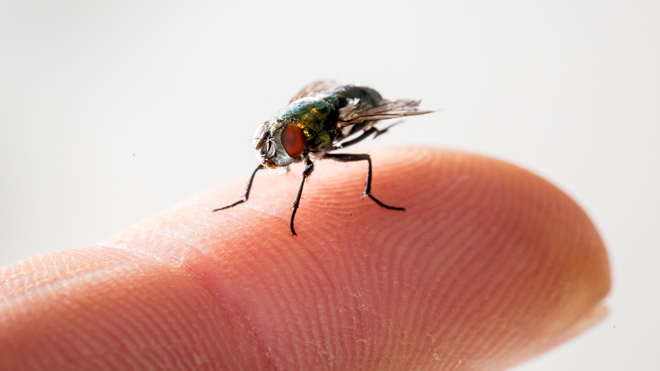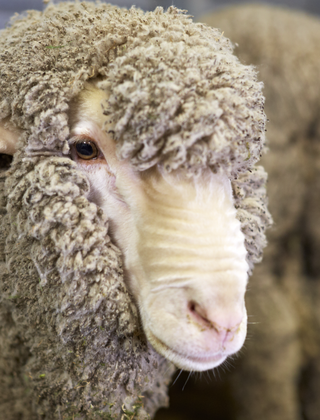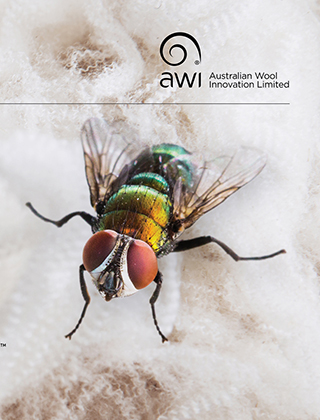R&D into bacteria that infects sheep blowfly

New AWI-funded research has demonstrated proof of concept that the Australian sheep blowfly Lucilia cuprina can be transinfected with a natural bacterium, Wolbachia, which could potentially spread itself through and suppress sheep blowfly populations. However, infection rates in the recently completed project were variable and relatively low, and a long-term project would be needed to establish infection success.
Wolbachia are maternally transmitted bacteria that infect a wide range of insect species. The bacteria have many and varied effects on the host’s biology, such as reduced life span, mortality of eggs, slowed larval development, and reduced overall fitness.
Australia has been a world leader in Wolbachia research, exemplified by the much-publicised success during the past decade of using Wolbachia in mosquitoes to suppress dengue in northern Queensland and overseas.
Most Wolbachia research to date has focused on medical and horticultural pests. However, in a recent AWI-funded project, researchers from the University of Melbourne and University of Queensland investigated the potential for Wolbachia to be used in the control of the Australian sheep blowfly Lucilia cuprina.
“This approach to flystrike control directly targets sheep blowfly populations rather than relying on sheep producers treating individual animals such as by insecticide application which is not always sufficiently effective and can be expensive and labour intensive,” said AWI Program Manager, Animal Wellbeing and Industry Resilience, Carolina Diaz.
Lucilia fly population survey
The first stage of the project involved researching whether the sheep blowfly population in Australia already has any Wolbachia infection. Approximately 500 Lucilia flies were collected from more than 70 populations across Australia, mainly from sheep farms, and were analysed by the researchers for the presence of Wolbachia using molecular diagnostic screening.
The screening found no occurrences of Wolbachia in the collected samples, with researchers therefore concluding that the bacteria is absent or extremely rare in Australian Lucilia species. This result indicates that the release of factory reared Lucilia cuprina cultures transinfected with Wolbachia are unlikely to encounter wild populations that already carry related strains.
Transinfection of Wolbachia
The second stage of the project aimed to successfully develop Lucilia cuprina lines infected with suitable Wolbachia strains.
The Wolbachia strains were obtained from the ovaries of Drosophila melanogaster fruit flies, Aedes mosquitoes and fly parasitoids (Spalangia sp.) and then microinjected into the (1) embryos, (2) pupae, or (3) adult female flies of Lucilia cuprina.
The results of the study clearly showed that Lucilia cuprina can be successfully transinfected with Wolbachia and that the bacterium can be subsequently transmitted through three generations of the flies. This was regardless of whether the initial transinfection was by microinjection of embryos, pupae or adult flies.
Importantly however, the numbers of positive tests for Wolbachia in the selection lines were low and infection was lost completely in a number of instances.
Although this particular project did not develop stable and sustaining, infected lines of Lucilia cuprina, the researchers noted that instances of transinfection in other insect species have often had similar results in the early stages of research before reaching a successful conclusion.
“The proof of concept that Wolbachia can infect Lucilia cuprina tissues and can be transferred between generations in this species are significant outcomes from this project, but the need to develop sustainably infected blowflies remains,” Carolina said.
“From the results to date and the researchers experience with work in other insect species, this might be an achievable objective. However, a future project to this end would require significant resources.”
This article appeared in the June 2024 edition of AWI’s Beyond the Bale magazine. Reproduction of the article is encouraged.














